Developing a headless CMS is smart. Such a CMS is an online system in which web content is managed. You can create, read, update and delete content there. Craft's headless CMS in which we develop at Dolphiq therefore only contains the content itself, which can be read into, for example, a website or an app. The front-end of the application, which is not part of the CMS, determines how the content is displayed to the visitor. The content is retrieved using an API.
Same content, multiple applications
A major advantage of developing a website in a headless CMS is that you can use the same content for different web applications. A headless CMS can be linked to multiple web applications. So when you make changes to the content, they are implemented in all linked applications. The various applications retrieve the content from one central system.
Difference with a 'traditional' CMS
The main difference between a headless and a traditional CMS system lies in the fact that a headless CMS is separate from the front-end of the web application. In traditional CMS systems, the back-end (the part where content is managed) is interwoven with the front-end (the front of the web application). For example, the layout is already determined in Wordpress via the chosen theme. A headless CMS only contains the content itself and is not concerned with its presentation.
Our favorite headless CMS...
There are numerous examples of headless CMS systems, which are developed both open source and closed source. Where a platform such as Wordpress has its limitations, we are especially enthusiastic about content systems that offer developers the freedom to develop custom, exactly as our client wants. The CMS system that best suits our custom applications is therefore... Craft CMS. For more information about this Content Management System, read the Craft CMS page.
